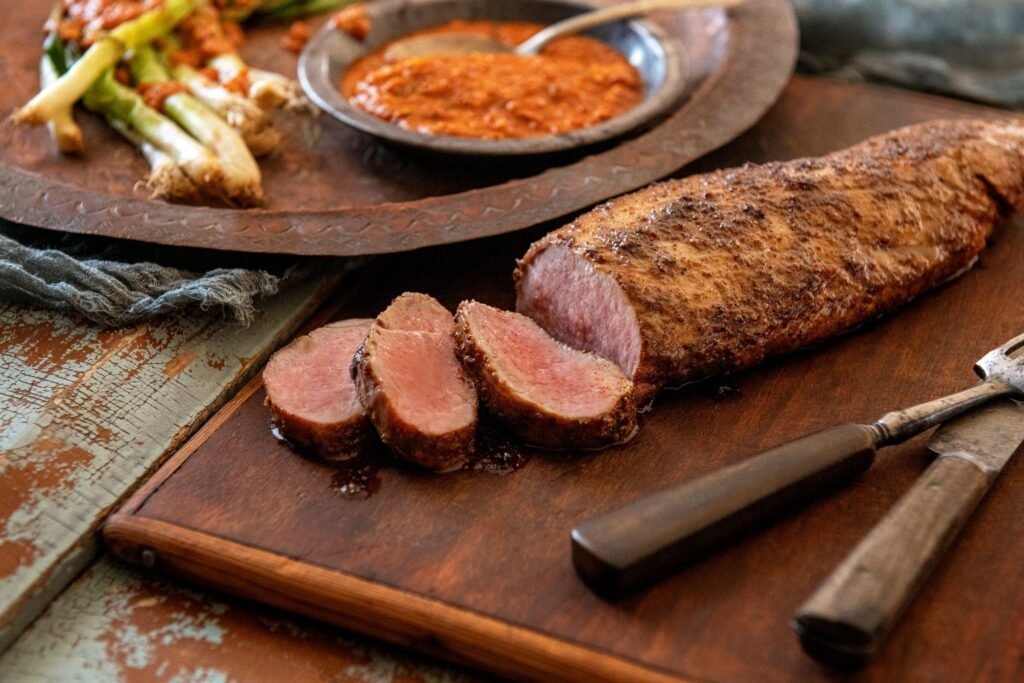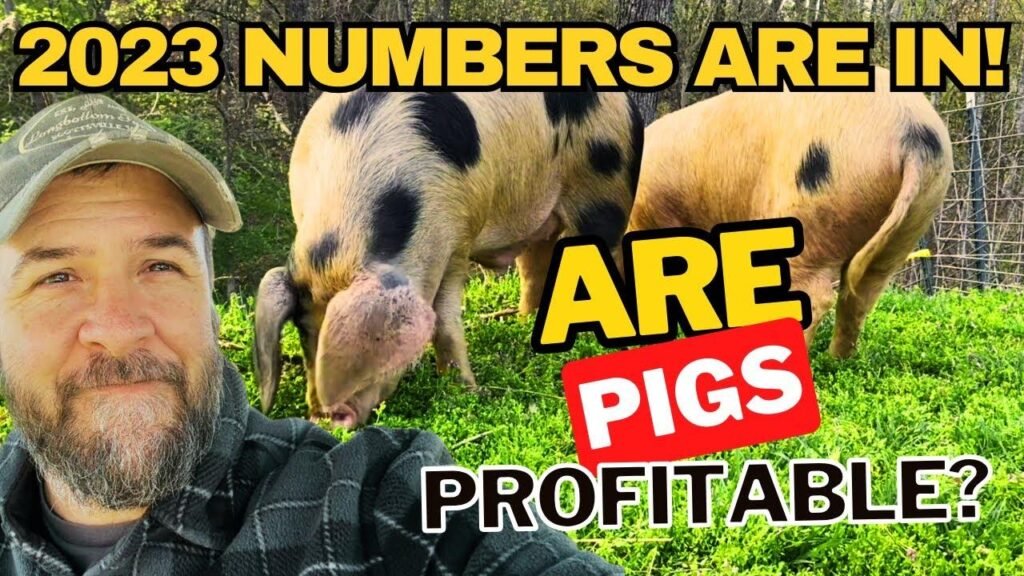Cash Feeder Pig Prices Average $82.94, Up $0.13 Last Week: Market Analysis
The latest figures from the swine market indicate feeder pig prices settled at an average of $82.94 per head, reflecting a modest increase of $0.13 compared to the previous week. This slight uptick comes amid fluctuating market conditions that continue to shape the pork production landscape throughout 2025. Producers navigating these market waters face numerous considerations when determining optimal strategies for procurement and sales timing.
According to the National Direct Feeder Pig Report released May 2, 2025, total receipts reached 121,920 head, a substantial jump from the 102,475 reported the previous week. Cash transactions accounted for 74,765 of these pigs, while formula pricing covered the remaining 47,155 head. The market’s subtle forward momentum arrives despite earlier projections that suggested potential weakness in overall hog values.
Regional Distribution and Trade Flows
Manitoba emerges as the dominant origin for feeder pigs, contributing approximately 30% of the total volume in the recent reporting period. Ontario follows with about 13.6%, while South Dakota accounts for 12.2% of the origin market share. On the receiving end, Iowa stands as the titan of destinations, absorbing nearly 80% of all feeder pigs traded. Minnesota and Indiana trail behind, receiving roughly 10% and 3.7% respectively.
This geographical dispersal creates logistical hurdles for some producers. Transportation costs eat into margins when pigs journey significant distances. Yet market participants remain steadfast in their pursuit of optimal supply arrangements, sometimes striking deals that appear counterintuitive to outside observers.
When examining forward pricing possibilities, today’s purchased weaners destined for October 2025 marketing faced a breakeven threshold of $48.73, which represented an ascent from previous calculations. This calculation provides crucial guidance for producers making acquisition decisions now but anticipating revenue several months ahead. The temporal disconnect between purchase and eventual marketing represents one of the industry’s most enduring challenges.
Broader Market Context
The hog sector witnessed notable value appreciation during the early months of 2025. The USDA pork cutout value during the first quarter jumped approximately 6% compared to the same period last year, establishing a 15% premium over the five-year average. This robust performance in wholesale meat values has created a somewhat paradoxical situation where finished product commands premium prices while input costs maintain relative stability.
Current futures markets demonstrate divergent trajectories across livestock categories. While August 2025 lean hog futures stand at 99.125, feeder cattle for May 2025 delivery command considerably higher values at 294.950. These cross-commodity price relationships impact integrated operations that maintain diverse livestock portfolios.
Production Forecasts and Price Expectations
Projections for third-quarter commercial pork production stand at 6.9 billion pounds, representing a 2.2% increase compared to the equivalent period in 2024. This anticipated production boost stems primarily from expectations of higher slaughter levels coupled with heavier dressed weights. Despite the upcoming surge in supply, market analysts predict live equivalent prices for 51-52% lean hogs will average approximately $65 per hundredweight during the third quarter, exceeding year-ago levels by more than 2%.
For the second quarter, however, production is tracking just 1% above last year’s pace – a more modest gain than previously anticipated 2.4% increase. This adjustment followed the March Quarterly Hogs and Pigs report that revealed December-February farrowings of 2.892 million head, representing a 1.3% decline from the previous year. The litter rate of 11.65 pigs nevertheless generated a pig crop essentially unchanged from year-earlier levels.
The market’s current tempo suggests cautious optimism among stakeholders. While current spot prices offer decent returns, profit margins could tighten as the calendar advances. Smart operators hedge their positions accordingly, sometimes accepting lower guaranteed returns to avoid potential downside risks that loom on the horizon like storm clouds over a cornfield.
The global trade landscape continues exerting outsized influence on domestic values. Export demand provides a safety valve for excess production, though international buyers occasionally display fickle tendencies that can leave sellers scrambling. As one veteran producer quipped at a recent industry gathering, “Foreign markets giveth, and foreign markets taketh away – usually when you least expect it.”


